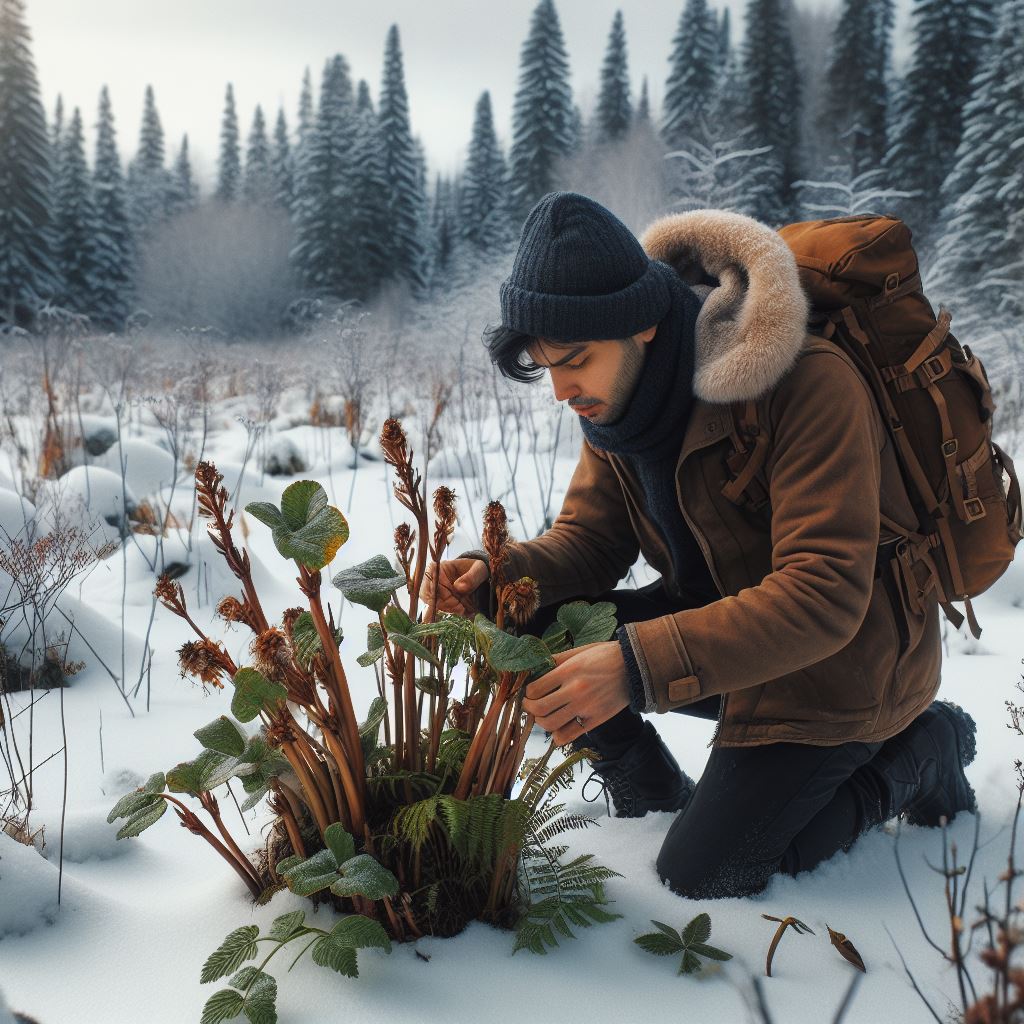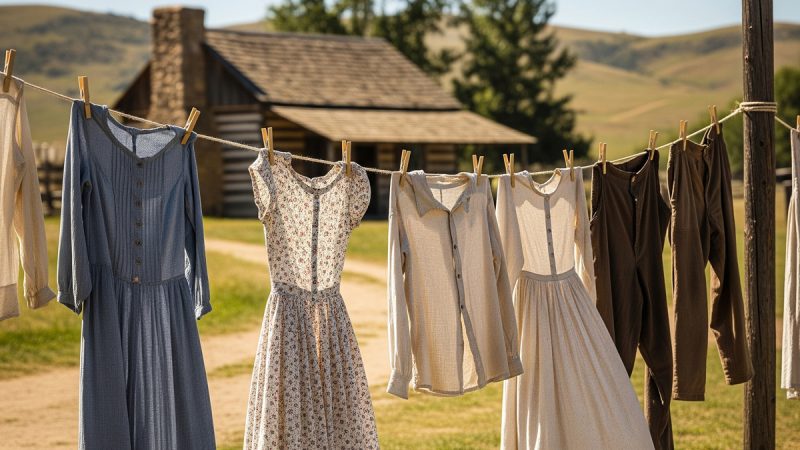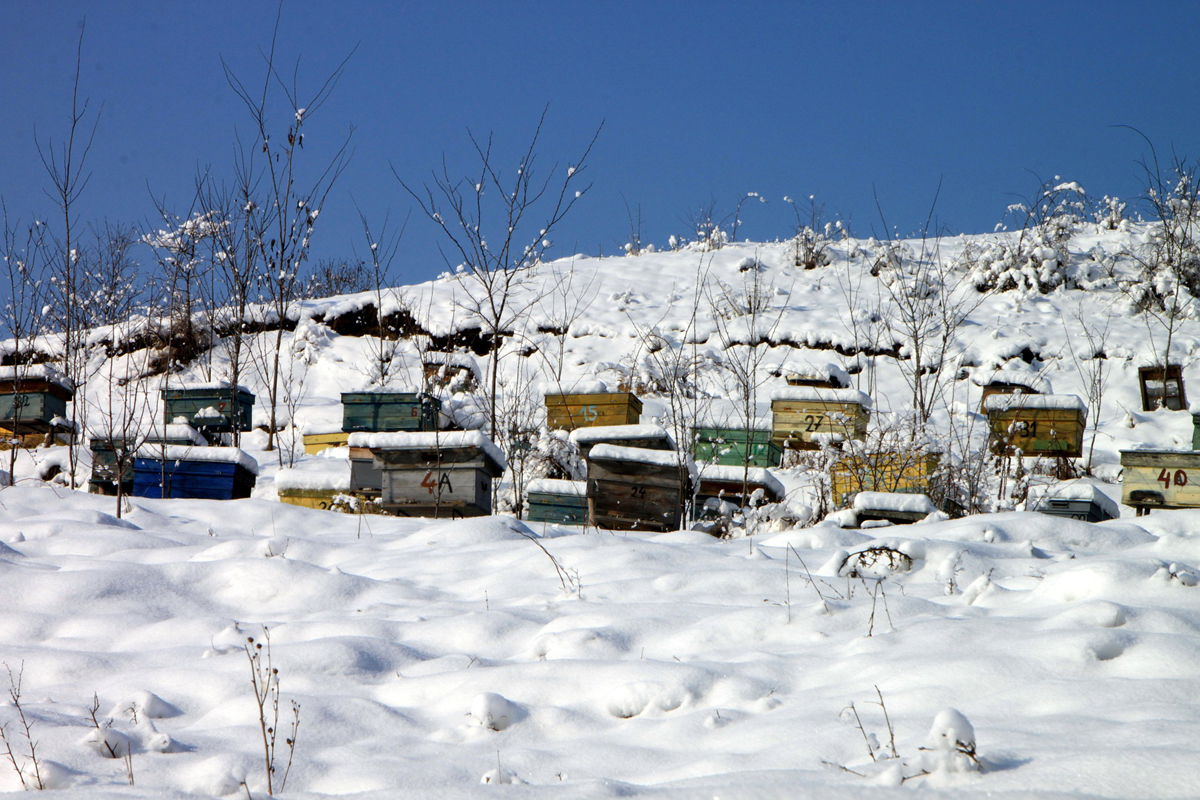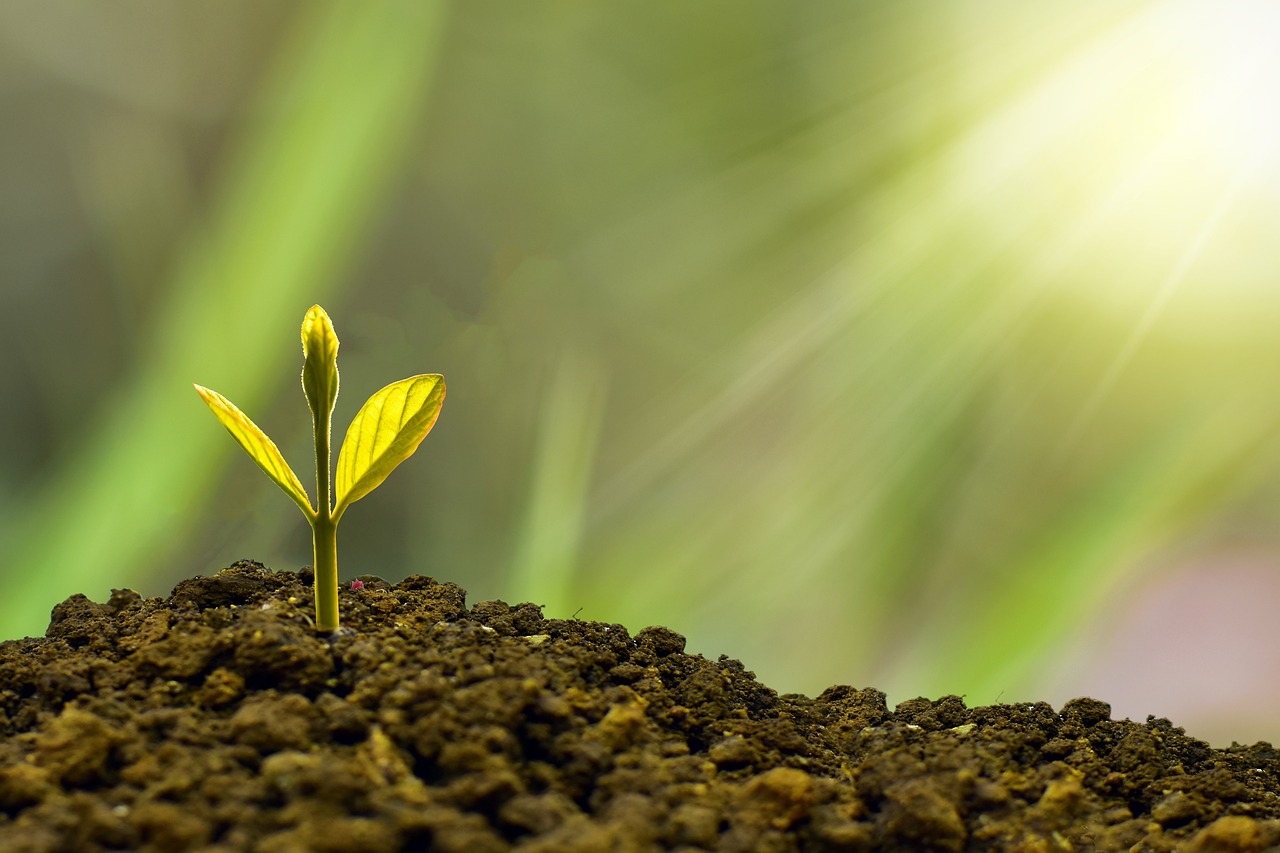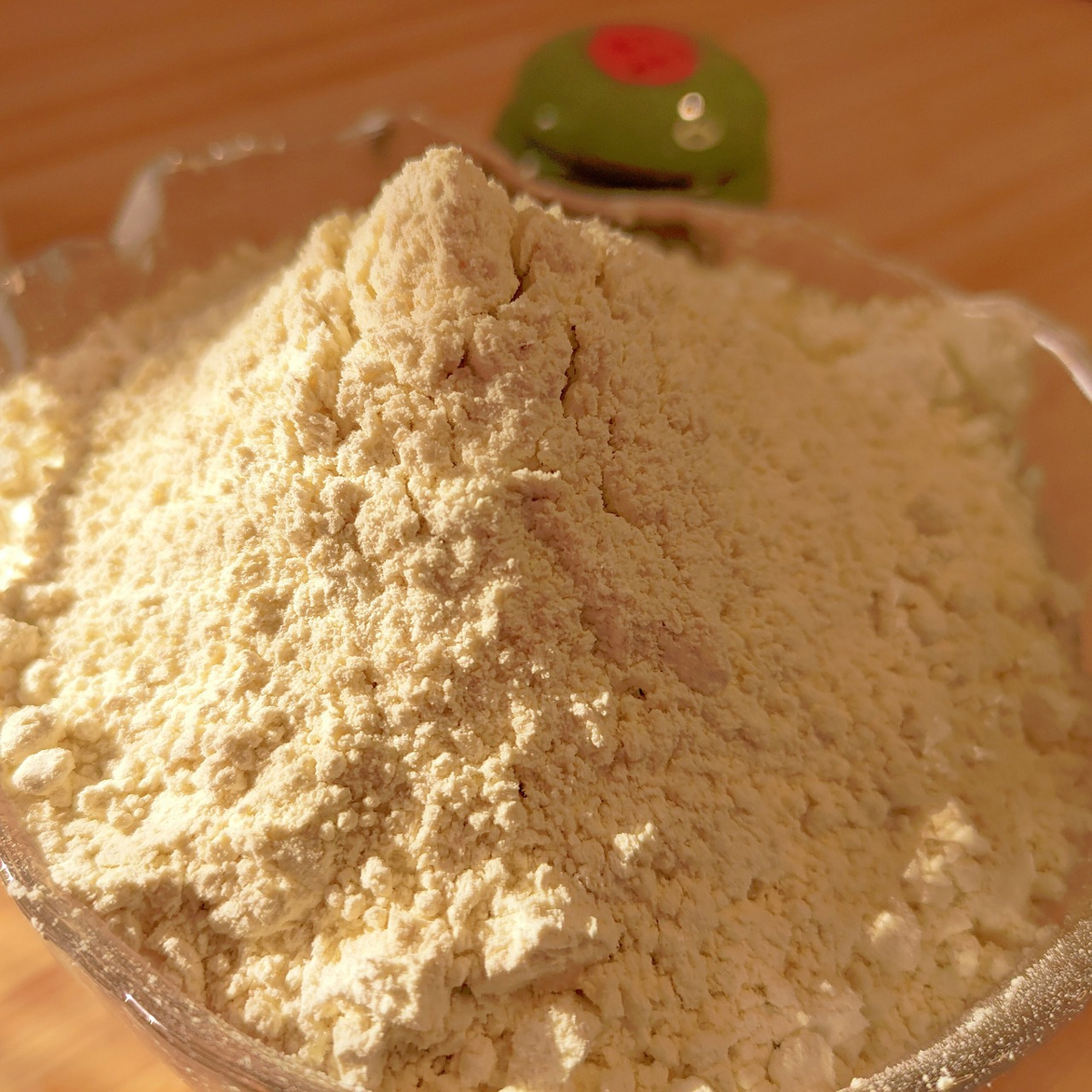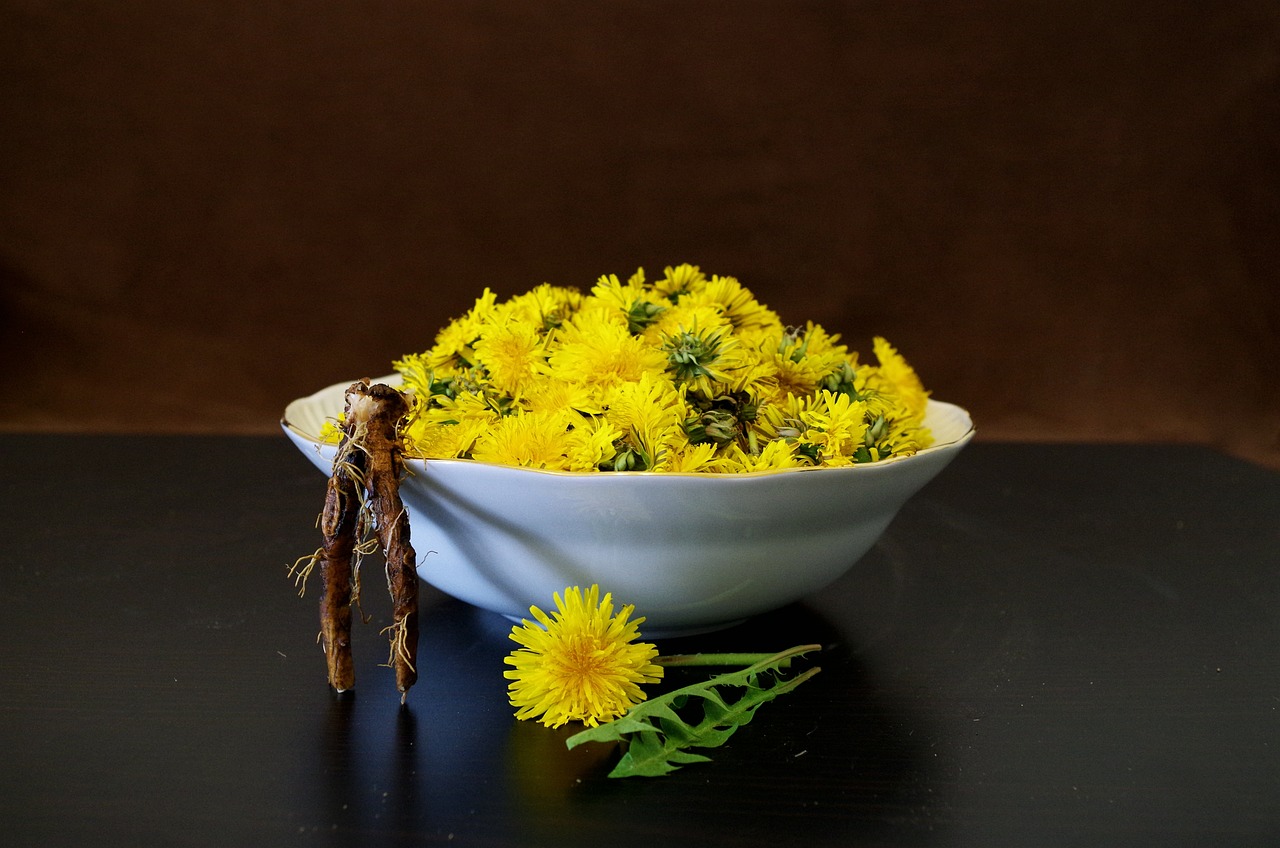Beekeeping Information
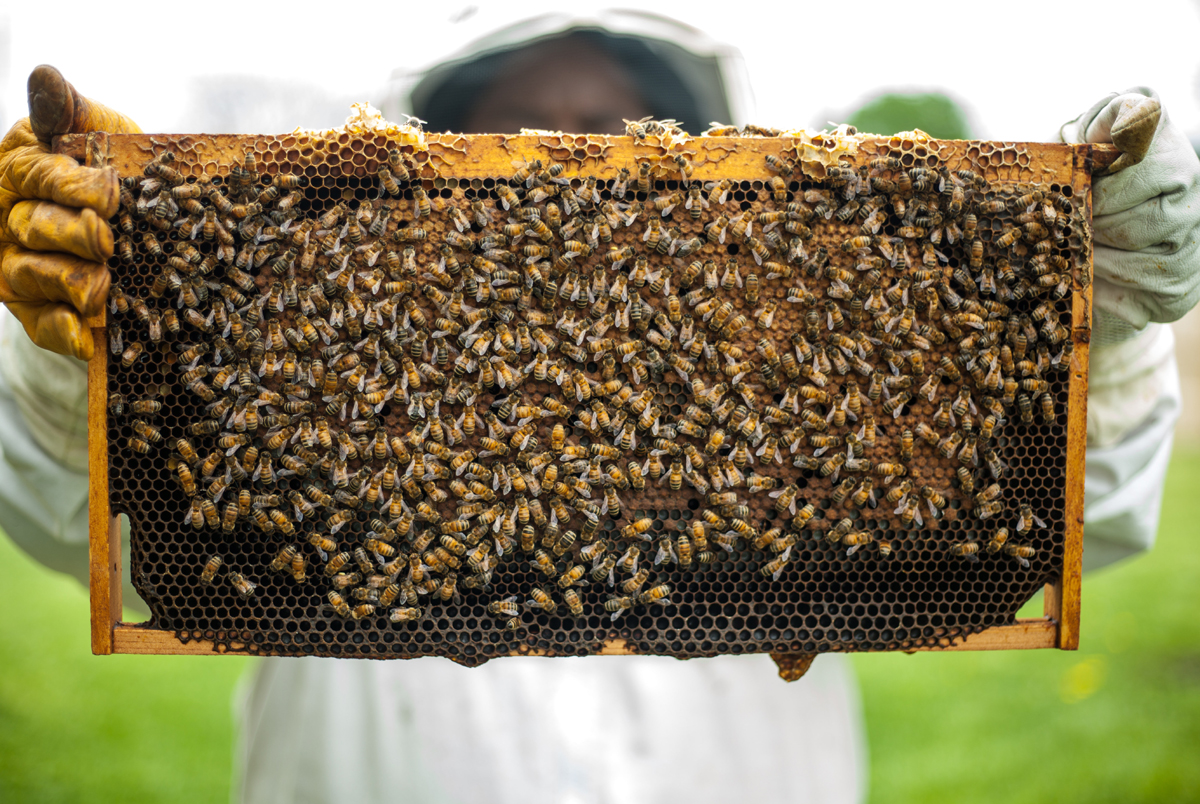
Beekeeping represents the care and management of a beehive or hives. The rewards from this hobby include gathering honey and beeswax. Not surprisingly, beekeeping as both a hobby and commercial venture has been around for over 160 years.
Actually, beekeeping can be a very solid and profitable business. First of all, to reap the potential benefits from this amazing hobby you first need to get correct beekeeping information.
To start off you’ll need to get the basic beekeeping supplies. Those supplies include getting the right outfit and accessories to handle the beehive and to harvest honey. In general, honeybees only sting if they have to defend themselves or protect the hive. To minimize the possibility of getting stung, beekeepers will wear a beekeeper suit, hat, a veil and a pair of gloves.
Next, you’ll need a smoker. A beekeeping smoker helps to quiet the bees while the beekeeper works on the hive. This tool is essential! There’s no magic to how the smoker works – it emits smoke. When smoke gets in the hive, it causes a response within the colony to get ready to evacuate the hive due to fire. However, this response is good because it will cover the guard bee’s pheromone emitted to give the signal that the hive is being invaded.
Your bees will a spot grow their colony – the beehive. Many choices exist but the most common form is wood construction with removable frames. Once the hive is ready, there are several options to acquire bees. You can buy a packet of bees, purchase a totally complete active bee colony, or get the bees together by natural swarms. When starting out, the easiest and most logical choice would be to buy a packet of bees.
A typical bee colony averages 15,000 bees although they can approach 60,000 during the height of the season. Even inside the hive with that large a number, honeybee society remains very structured with each bee having very specific functions. Every bee works together for building the hive (beeswax), bringing in food and to raise the fledgling bees.
Beekeepers use the typical honeybee activities when harvesting honey. It’s important to remove honey since other problems can come about if the honey stays in the hive too long. As an example, honey left in the hive for a longer time will become darker and ultimately leave less storage room for the bees when making additional honey.
Darker colored honey will taste the same. But, as a rule consumers would rather have honey that’s lighter in color. Therefore, if your goal is to make money selling honey it’s best to harvest the lighter color.
Contrarily, you shouldn’t gather honey too early either. Any honey taken too early from the hive may contain more water, which could then cause it to ferment or go bad. In reality, honeybees provide signs for the best time to gather honey. When the beekeeper sees wax caps over the honey cells, it’s time to harvest the honey. Once the honey is ready to harvest, the best time to access the hive is a sunny day during the morning or central part. At that time, a large portion of the beehive is out gathering food.
If you’re interested in beginning beekeeping, one of your first steps should be to check into local land use laws and regulations to insure beekeeping is allowed.
Bees add many positive advantages to any area. Most everyone knows how beneficial bees are when it comes to pollinating surrounding plants and crops. Bees also help keep more aggressive insects like wasps and hornets from moving in. With proper hive placement away from your neighbor’s homes and activity areas, there shouldn’t be any problems raised by your neighbors because of the bees.
After learning the right beekeeping information, you will be on the path towards beekeeping as a fun, gratifying, and even money making pastime.
The Author:
Robert Moore’s beekeeping secrets have helped hundreds get started in beekeeping.
Photo. Timothy Paule

